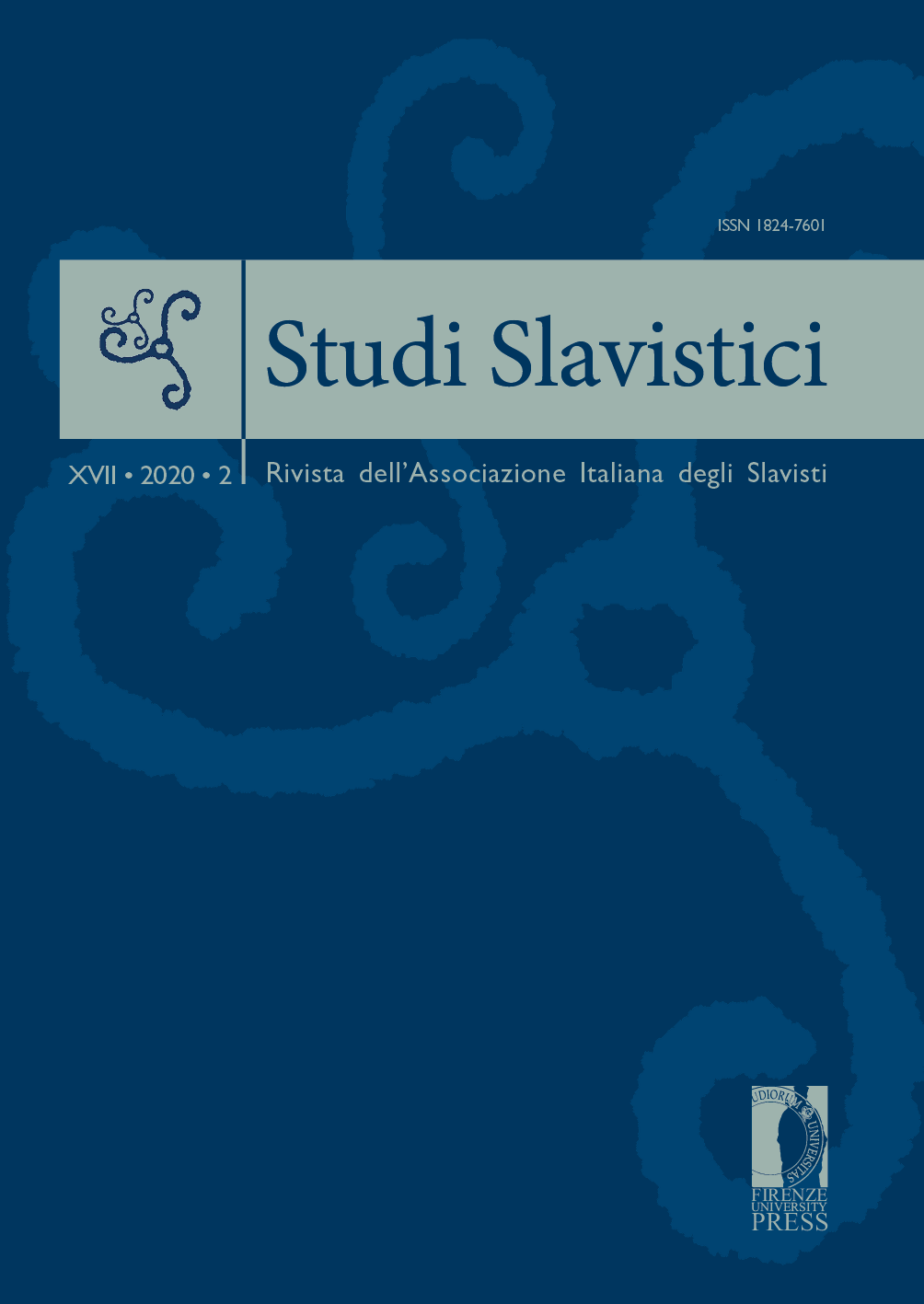Published 2020-12-07
Keywords
- Scalarity,
- Generative Lexicon,
- Event Structure,
- Prefixation,
- Aktionsart
- Mediopassive Voice ...More
Abstract
This paper offers a syntactic and semantic analysis of the Czech construction with intensive meaning, derived from the prefix na- and the clitic pronoun se. The analysis is framed in scalar approaches to verbal prefixation (Součková 2004, Filip 2008, Kagan 2015). For the verbal lexical semantic representation, we make use of the event structure from the Generative Lexicon framework (Pustejovsky 1991, 1995), which is a representation of the internal makeup of events in terms of subevents or phases. The research is based on data extracted from the Czech Ten Ten 2017 corpus, using the Sketch Engine query program (Kilgarriff et al. 2004).
The application of Pustejovsky’s event structure theory allows us to shift the attention to the whole event denoted by the construction, thus allowing for an alternative analysis of the Czech verbal construction with intensive meaning, traditionally analyzed as the result of a word formation process. After briefly outlining the Generative Lexicon theory, we analyze the role of each individual component of the Czech verbal intensive construction with the prefix na- and the clitic pronoun se. First of all, we consider the role of the clitic morpheme se, to understand whether it behaves as a reflexive pronoun. Secondly, we examine the role of the prefix na-, comparing its quantificational function in the transitive construction and in the intensive one. Thirdly, we consider the function of the genitive direct object. We then analyze the semantic features of the subject-participant, to determine whether it does co-occur with adverbs of intentionality. Lastly, we devote attention to the telicity of the verbal predicates appearing in the Czech intensive construction, to understand which kind of events they denote in terms of Pustejovsky’s event structure theory, and where the event focus lies.


